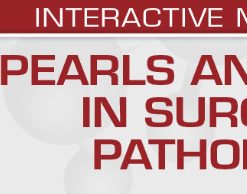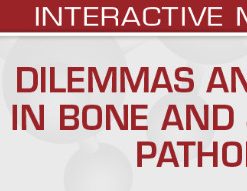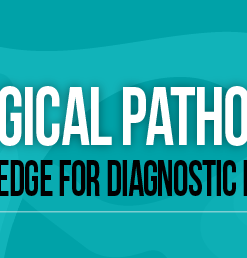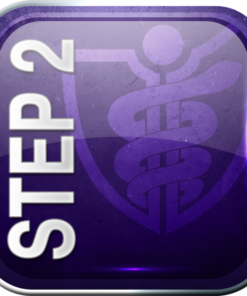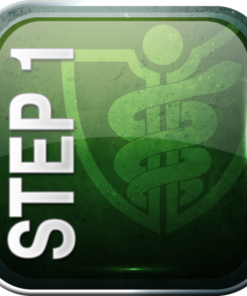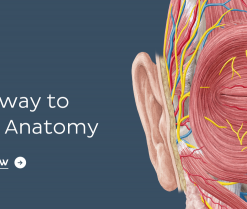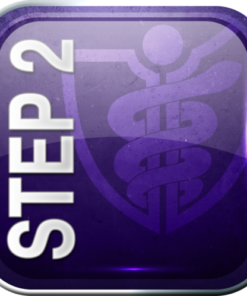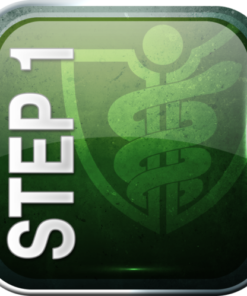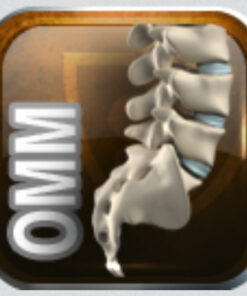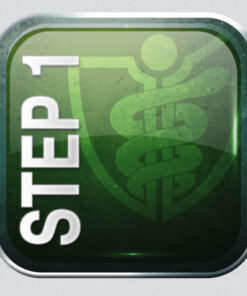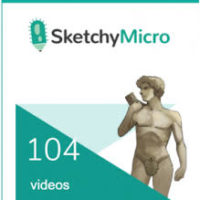Medical education is an ever-evolving field, with new technology and methods constantly being developed to enhance the learning experience. One such development is the rise of video content in medical education. In this article, we will explore the basics of video-based medical education and highlight some of the key benefits it offers to both students and teachers.
Basic Medical Book
USCAP Tutorial In Pathology of the GI Tract, Pancreas, and Liver 2023
Basic Medical Book
Basic Medical Book
Basic Medical Book
Oakstone Need-to-Know Pathology A Review for Physicians in a Hurry 2023
Basic Medical Book
2023 Surgical Pathology Update: Diagnostic Pearls for the Practicing Pathologist: Vol. VII
Basic Medical Book
Basic Medical Book
USCAP Liver Pathology P’s and Q’s: The Perplexing and the Quotidian 2022
Basic Medical Book
VIDEO BASICMEDICAL
VIDEO BASICMEDICAL
VIDEO BASICMEDICAL
VIDEO MEDICAL
VIDEO MEDICAL
VIDEO MEDICAL
VIDEO BASICMEDICAL
VIDEO BASICMEDICAL
VIDEO BASICMEDICAL
VIDEO MEDICAL
VIDEO MEDICAL
VIDEO BASICMEDICAL
VIDEO BASICMEDICAL
VIDEO BASICMEDICAL
Practical Molecular Pathology for the Surgical Pathologist Masters of Pathology Series
VIDEO BASICMEDICAL
VIDEO BASICMEDICAL
VIDEO BASICMEDICAL
VIDEO BASICMEDICAL
VIDEO BASICMEDICAL
What is Video-Based Medical Education? Video-based medical education refers to the use of video content to teach and learn about various medical topics. This can include lectures, simulations, surgeries, and demonstrations, among others. The videos are usually created and presented by experienced medical professionals, and are designed to be interactive and engaging.
Benefits of Video-Based Medical Education There are several benefits to using video-based medical education, including:
- Improved Understanding: Videos provide a visual representation of medical concepts, which can help students better understand complex topics.
- Increased Engagement: Videos are often more engaging than traditional classroom lectures, as they can use animations, simulations, and other interactive elements to help bring medical concepts to life.
- Convenient and Flexible: With video-based medical education, students can access the content from anywhere and at any time, which makes it an ideal option for busy medical professionals who may not have time for traditional classroom lectures.
- Cost-Effective: Video-based medical education is often more cost-effective than traditional classroom lectures, as it eliminates the need for physical classrooms, materials, and other expenses.
- Versatile: Videos can be used in a variety of settings, including in-person lectures, online courses, and self-directed learning.
Top Video-Based Medical Education Resources There are many video-based medical education resources available, including:
- Coursera: Coursera is an online platform that offers video-based medical courses, covering a wide range of medical topics.
- Medtube: Medtube is an online video platform that provides medical professionals with access to the latest medical advancements and best practices.
- YouTube: YouTube is a popular video platform that provides a wealth of medical content, including lectures, demonstrations, and simulations.
- Udemy: Udemy is an online platform that offers video-based medical courses, covering a wide range of medical topics.
- MedBridge: MedBridge is an online platform that provides video-based medical education to healthcare professionals.
Conclusion Video-based medical education is an innovative and effective way to teach and learn about medical topics. With its improved understanding, increased engagement, convenient and flexible access, cost-effectiveness, and versatility, it is no wonder why this approach is becoming increasingly popular in the medical education field. Whether you are a student, teacher, or medical professional, video-based medical education is a valuable resource that can help you achieve your goals.






